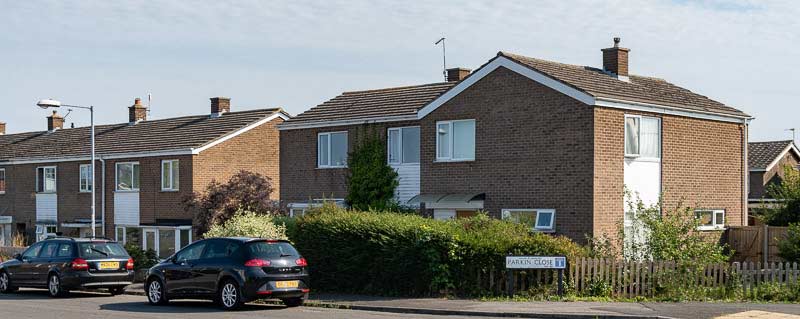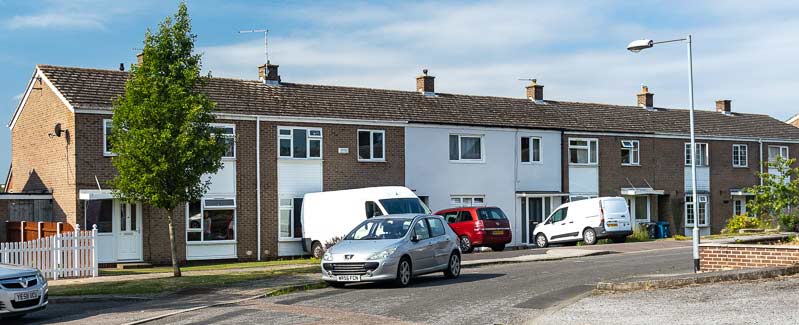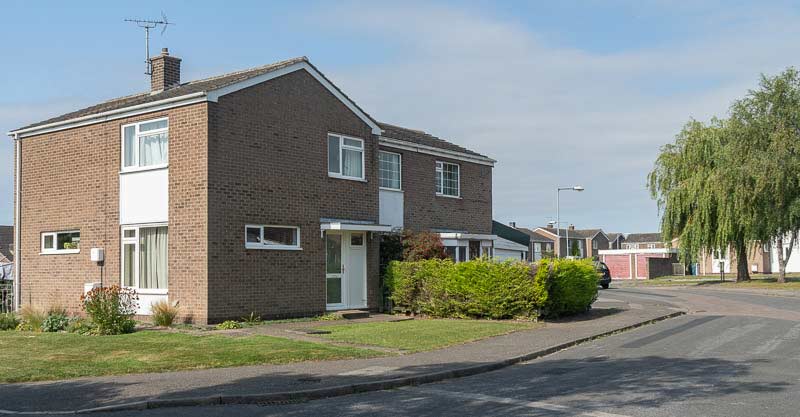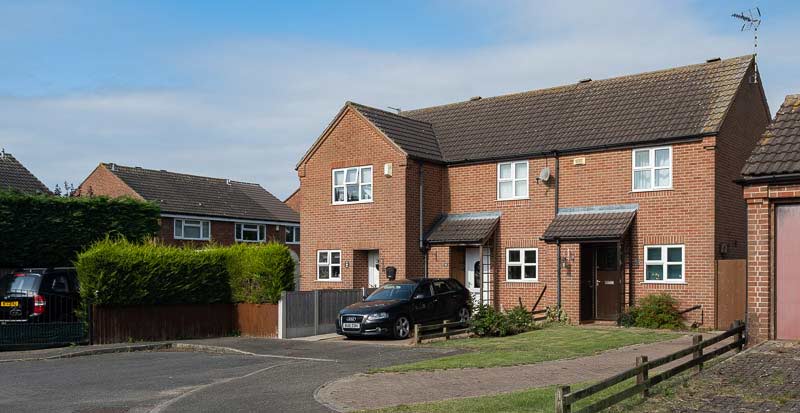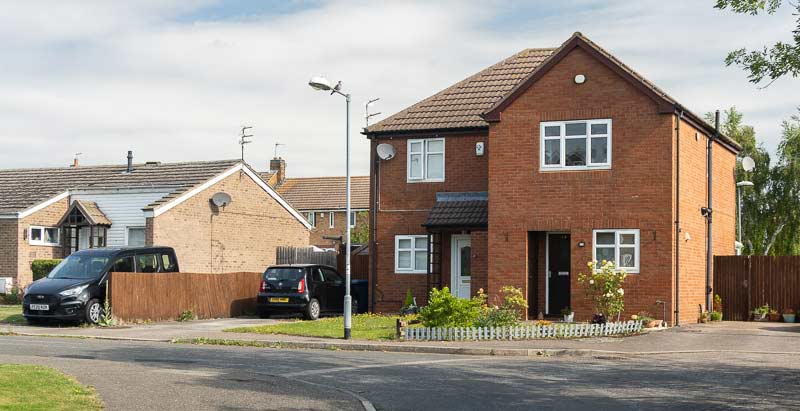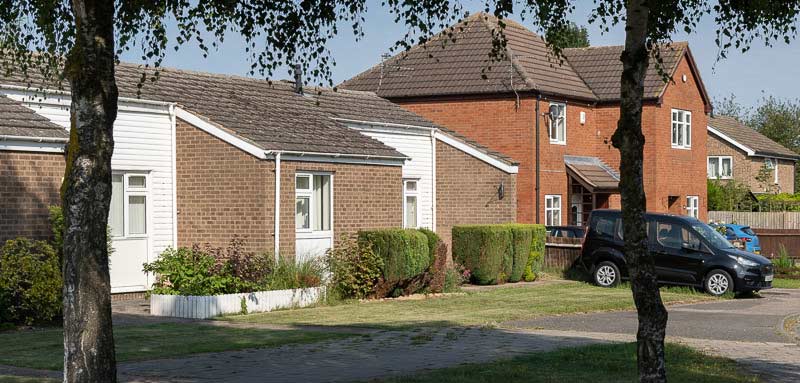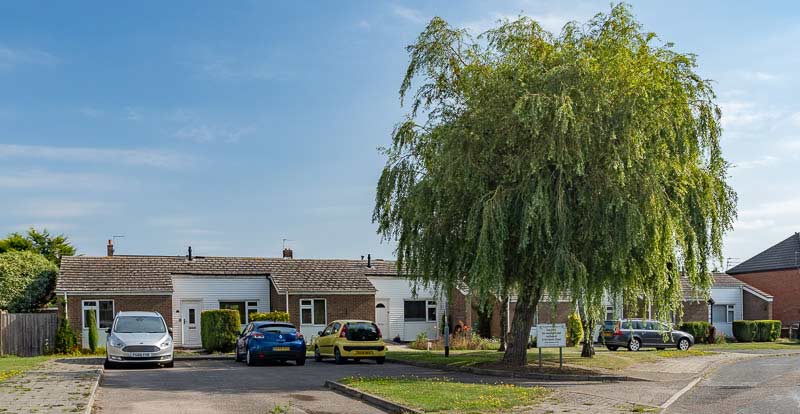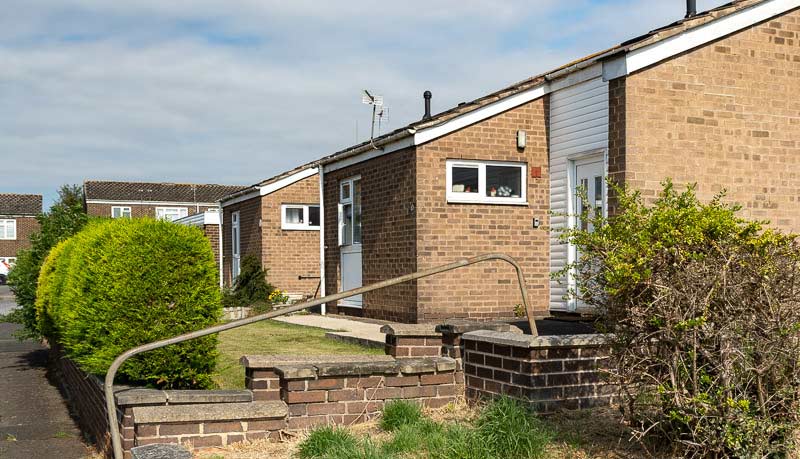Cropwell Bishop Streets: — Parkin Close (14-8-20)

Parkin Close was a named after William Parkin; no argument, no discussion. To paraphrase the chants from football terraces, “there is only one William Parkin”.
William didn’t inherit lots of land or money from his parents, nor did he make loads of money by farming hundreds of acres. He didn’t own a big house; he didn’t have a grand title and he wasn’t the leader of an army or a hunt. And yet, William Parkin had a bigger, positive effect on the lives of more people in Cropwell Bishop than anyone else in its history.
William Parkin was the School Master at the village School on Fern Road from 1878. This was not a time when a School’s leader sat in an office doing endless paperwork punctuated by morning assembly and the odd cover lesson. He was very much the hands-on teacher. He would have had one or two assistant teachers but, never-the-less, he would have known every child and probably every other member of his or her family.
The catchment area was “walking distance” for a child of 5 and upwards. That would have included Owthorpe, Colston Bassett, Cropwell Butler together with the Bishop kids. They would have been taught at the School until they were 10 years old (11 from 1893) and then have left. Not to go to the “big School” in a nearby town, but to go to work – or to go to war.
As we grow older, we look back and recognise that of all the people we cross paths with in life, only a small number leave a lasting impression. We are inspired by those who show us how to think, teach us practical skills or open a window on places and people way beyond family and local life.
Then there are people who inspire us by their actions, the way they live their life and the things they achieve. I think William Parkin inspired the people of Cropwell Bishop a century ago in all these ways.
Parkin Close was named before the fashion of naming streets after people was the habit of Parish councillors. It was built in 1968 – about 14 years after the building of the northern end of Hoe View Road – and the homes were built for a different purpose.

The late 1960s and early 1970s heralded a great expansion in Cropwell Bishop’s population. This growth was worrying for some of the resident population who were apprehensive about the changes ahead.
Providing access roads to the new homes necessitated the demolition of a number of old cottages and houses in the village. At the same time, there were other old houses that were in need of replacement.
The homes on Parkin Close, together with other homes on Hoe View Road near its entrance, were built by Bingham Rural District Council in 1968 to house those village families in need of a new home. Most are now privately owned and one is still being lived in by the same family that moved in from new.
So, what of the man who gave his name to the street? William Parkin was born in Attercliffe, Yorkshire in 1855. He became School Master at Cropwell Bishop Elementary School (the building we now call ‘The Old School’) on Fern Road in 1878 when he was 23 years old. He remained in the village up to his death in 1944 when he was 89.
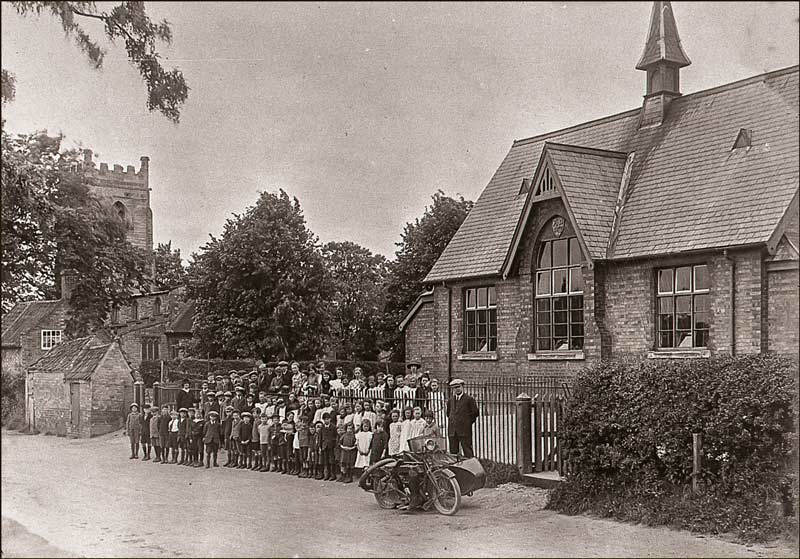
During his 67 years in Cropwell Bishop, his influence on villagers was immense. No other person has had such a massive, beneficial effect on the lives of the people of Cropwell Bishop. He was so much more than a dedicated teacher: he became the leader of life in the village.
Before his arrival, Cropwell Bishop had the National School (the small building we now call the Parish School Room) on Church Street. That was built in 1850 when education was not compulsory. School attendance was poor.
Even after 1870, when education became compulsory, attendance declined. It didn’t help that the vicar ‘kept an eye on the curriculum’ which particularly annoyed Methodists who had a strong following in the village. Eventually, in 1875, because so few children were turning up, the School closed.
In 1877, a tender from local builder David Salvin, for a School and School House for £774 was accepted by the Board of Education.
In 1878 the School was completed and the post of ‘Master’ was advertised. The School Board, which comprised of Cropwell Bishop men, chose 23-year-old William Parkin and he began teaching in September 1878. He was an ardent Methodist.
We know that in 1881, when he was 26, he was still boarding at one of the cottages at The Turn (the junction of Nottingham Road and Church Street). Maybe the School House was still being built.
Living nearby was the large Wright family and the eldest daughter, 19-year-old Elizabeth, was a school teacher. She probably taught alongside William: she certainly made an impression on him.
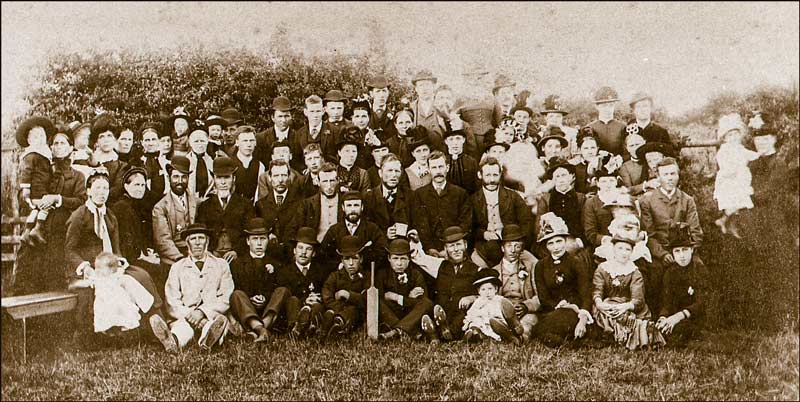
A few years later, the whole of the Wright family emigrated to New Zealand. However, it wasn't long before Elizabeth returned and in 1889 she and William were married at St Giles Church and moved into their home - the School House.
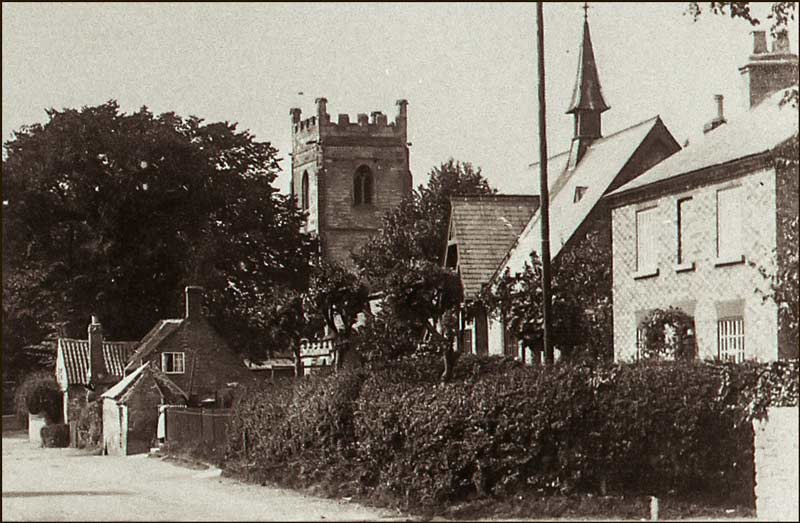
In 1882, William’s older brother George who was also a qualified teacher, moved to Cropwell Bishop and taught alongside William at the School. He boarded with William and Elizabeth at the School House and worked at the School for at least 10 years. In 1901 he was no longer boarding at the house and no longer appears in School photos.
Elizabeth taught needlework to the older girls on Tuesday and Friday afternoons and continued doing so for the next 35 years. William and Elizabeth had no children.
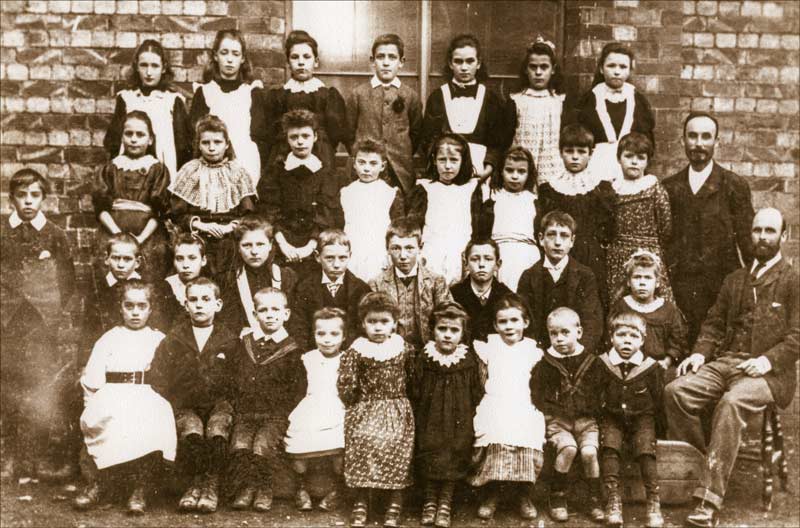
To quote Aubrey Harper, author of Chronicles of Cropwell Bishop, who knew the Parkins, “William’s advice was sought on the making of wills, on how to deal with official letters and on all domestic issues. He took a very active part in the life of the village and was greatly respected.”
He was a keen supporter of the Cropwell Cricket Club and secretary of both the Angling Club and Cropwell Sick Club.
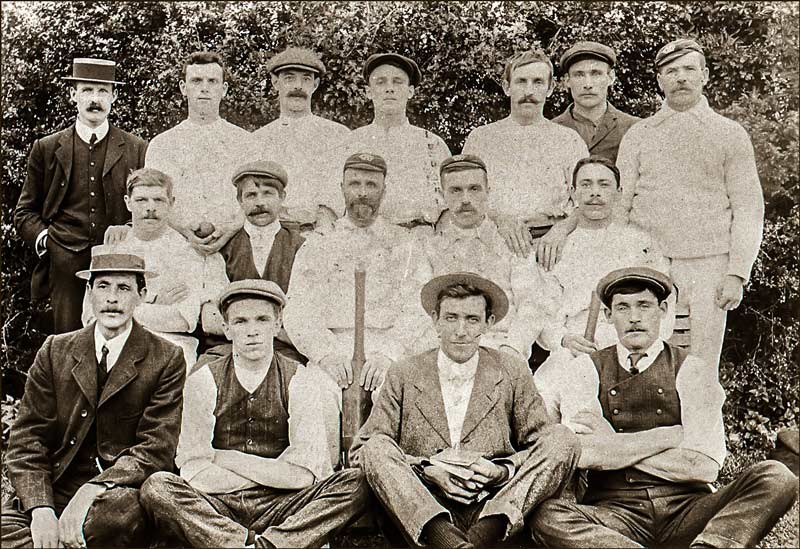
William Parkin holding the bat.
He filled many positions in the village including; Chapel Steward, Superintendent of the Sunday School, Local Preacher, occasional organist and Parish Overseer.

When the very first Parish Council was elected in 1894, he received the most votes. Brother George became Clerk. Later, William also became a Bingham Rural Councillor.
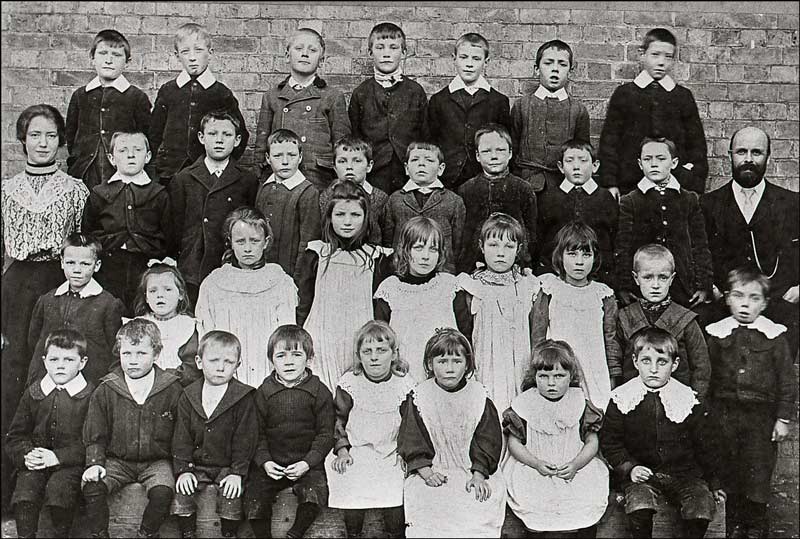

When he retired from teaching in 1920, he had been Head Teacher at the School since its beginning 42 years earlier. And yet, a project for which he is most remembered by many, did not begin until 4 years later.
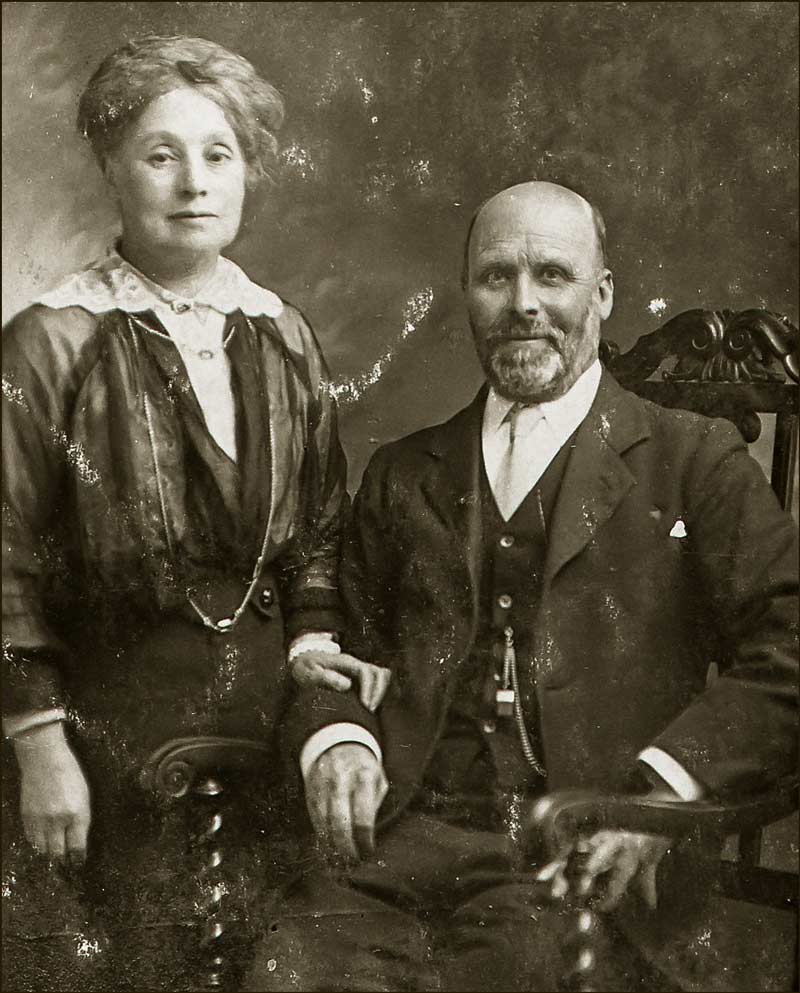
Both William and Elizabeth had devoted themselves to the people of the village. Maybe, because they had no children of their own, they looked upon the village children as their extended family. Imagine their feelings during the 4 long years of the World War from 1914 to 1918 when children they had taught were enduring horrific experiences, injuries and even death on the other side of the English Channel. Eleven Cropwell Bishop men died in that War.
Following the War, villagers were determined to establish a lasting memorial for those who had died. The biggest idea was for a village Memorial Hall. Encouraged by the moral and financial support of Mr J. N. Derbyshire, owner of the Gotham Company that mined gypsum in the village, a building committee was formed in 1924 – and William Parkin was its secretary.
The Hall would cost £1220 and over half was raised by the people of Cropwell Bishop. Villagers also helped keep costs down by doing a lot of the hard work themselves. Men, wives and children devoted their spare evenings to getting the job done.
The final go-ahead to build the Hall came in 1928 and by the summer of 1929 it was finished. On the 3rd August 1929, Mrs J.N. Derbyshire officially opened the Hall alongside William and Elizabeth Parkin.
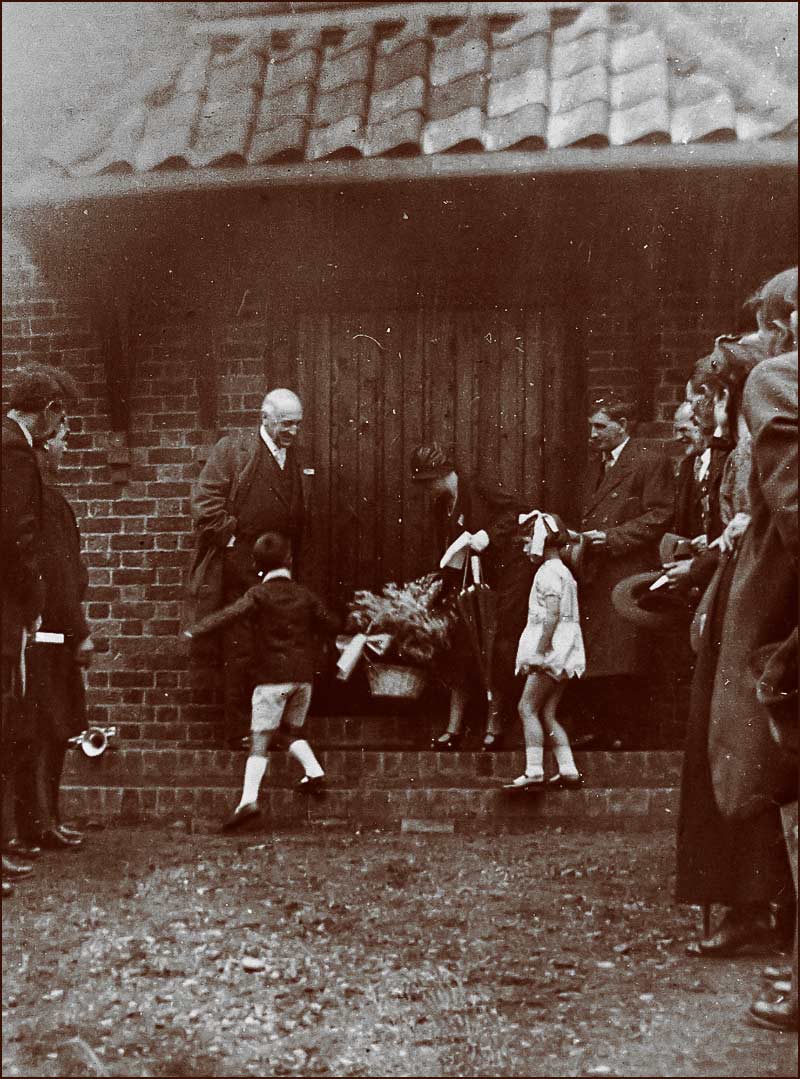
by Mrs J. N. Derbyshire (3rd August 1929)
However, 3 years later there was an even bigger event in the history of the Memorial Hall and the village: Royalty paid a visit.
On the 29th June 1932, the Prince of Wales (later Edward VIII) visited Cropwell Bishop as part of his ‘Social Services Tour’ of the country. Fittingly, it was William Parkin who welcomed him and accompanied him on his whistle-stop tour of the Memorial Hall. He flew into Tollerton airfield and arrived at the Hall at 2.20pm.

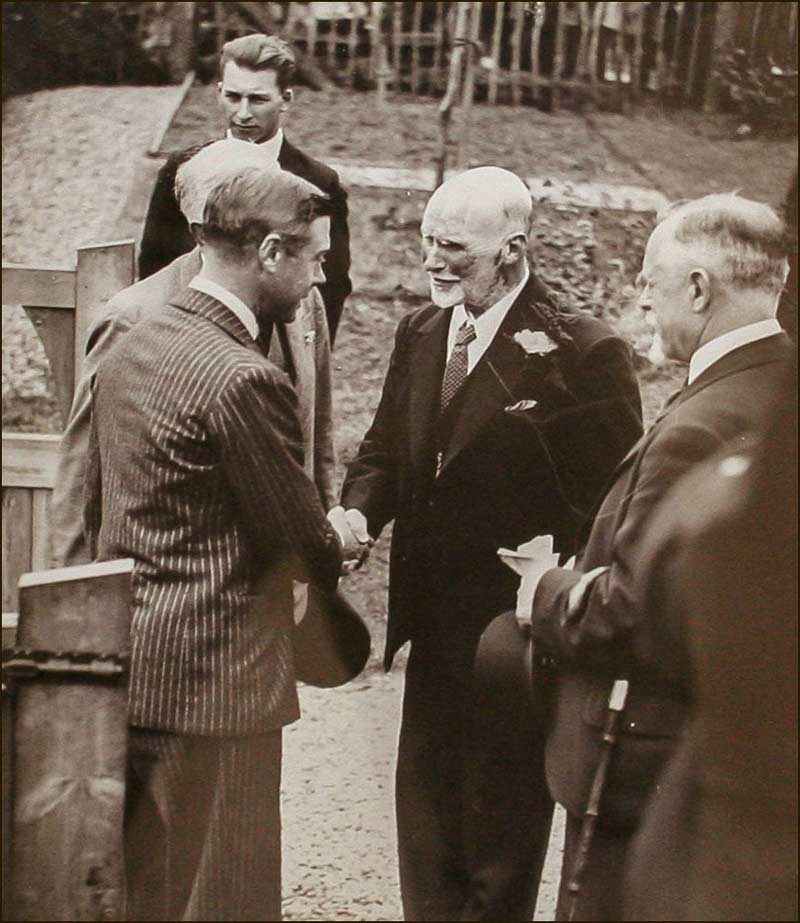
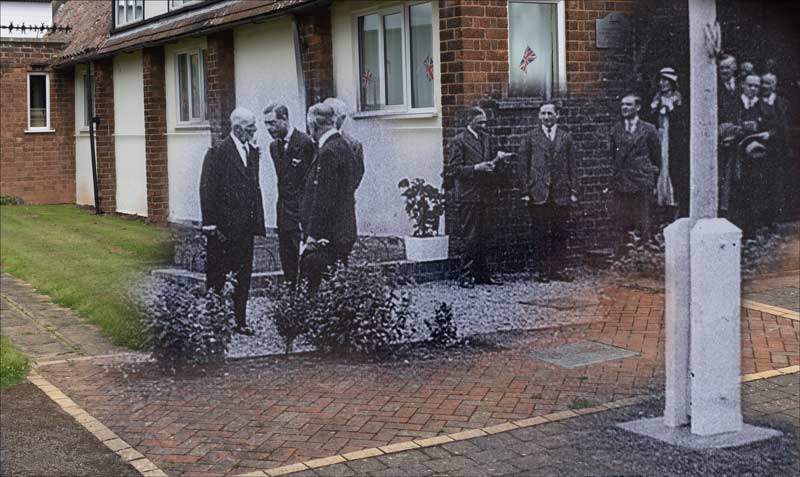

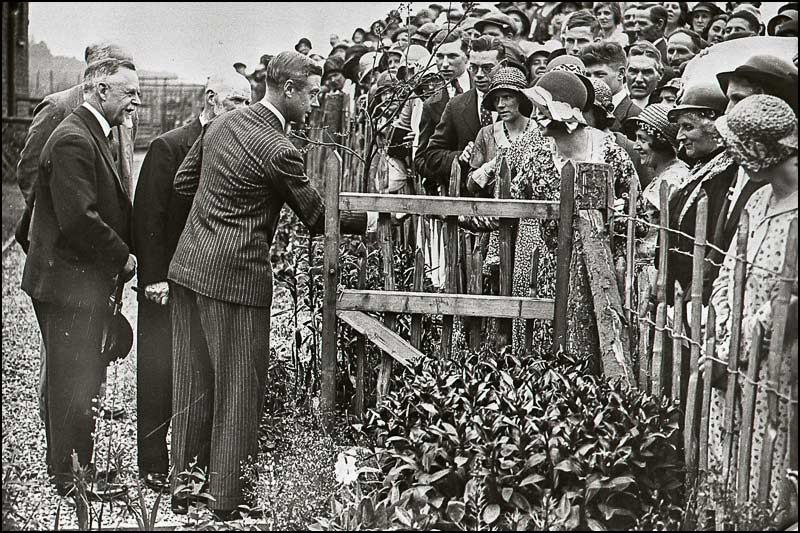
He was there for only 15 minutes but photographs suggest that villagers saw the occasion as being equivalent to a wedding, and dressed accordingly. I imagine they also spent that evening as they might after a wedding: good business for the pubs!
Since his retirement, William and Elizabeth had occupied a house on Church Street - number 59 which, at that time, was called ‘The Croft’. Behind it was, ‘The Croft Bungalow’, where his brother George lived.

William died in 1944 at the age of 87 and Elizabeth in 1949 at the age of 89. A humble man with big ideas and the resolve to see them fulfilled for the good of ordinary people. If he were living in Cropwell Bishop today, would he be respected and admired as much as he was a century ago? I think so, don’t you?
Tony Jarrow
Note:
Particular thanks to Anne Terzza, Pam Barlow, Jane Jones and Alan Wilson for their help with this article.
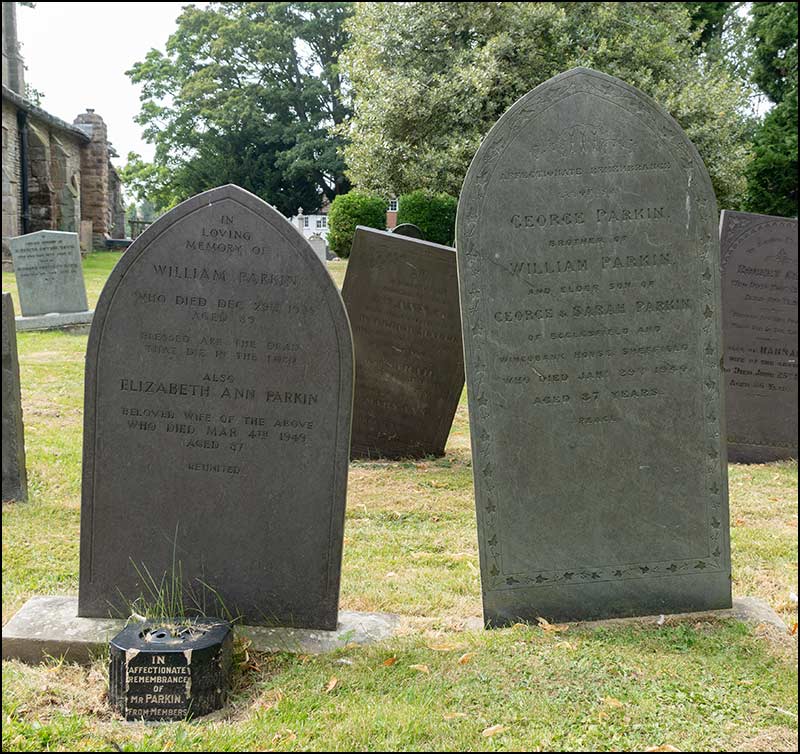
This is how Parkin Close looks today (August 2020), 165 years after the birth of William Parkin.
